
Dog Ball Launcher vs Traditional Ball Games: Playtime Showdown
In the realm of pet ownership, one thing is certain: dogs love to play fetch! It’s an activity that brings boundless joy to our canine

Many pet dogs have a natural desire to fetch, which comes from their ancestor, the wolf. Wolves used to carry their hunted food back to their pack. This natural dog behavior has continued with our pet dogs.
Most types of dogs need to learn how to fetch. Showing a puppy how to fetch is very rewarding. Everyone enjoys playing fetch, right? It’s also a good way to use up your puppy’s extra energy.
Teaching your puppy to play fetch is a fun game that all kinds of dogs love. You can use a regular tennis ball or their favorite toy. Before we dive into our step-by-step guide, let’s learn why you should teach your dog to fetch.

Play fetch is an enjoyable, bonding, and educational game for your puppy.
After we finished all things for training, now, let’s dive into how to train dogs to teach dogs to play fetch.
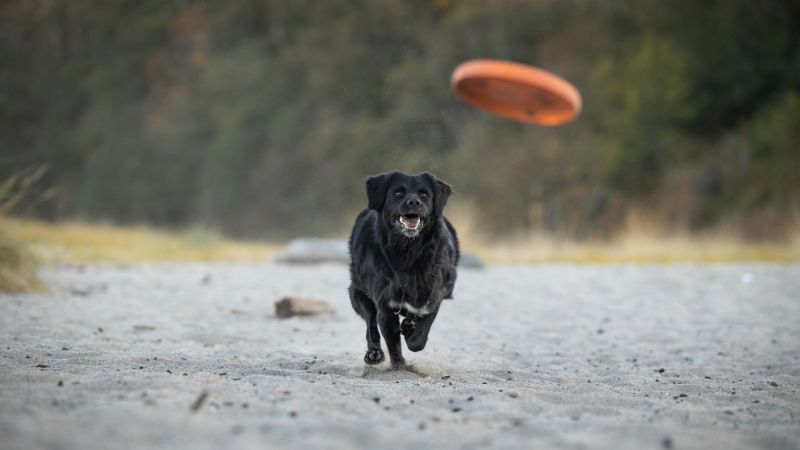
First, figure out which toy your pup loves the most. Next, teach them that bringing this toy back to you will lead to awesome rewards. Finally, and this is crucial, show them that letting go of the toy is also a good thing.
Now, let’s go over what you need to prepare before you teach your dog to fetch.
Follow these 6 training steps:
Show the toy to your puppy to catch their interest. For a retriever, a ball might be the best choice. For a terrier, something furry could be more appealing.
You don’t need to throw it too far. If it’s too far, your puppy might not see the toy or get tired quickly, which isn’t fun.
Once your puppy grabs the toy and turns to you, start cheering. Clap your hands and praise them loudly, showing them how amazing they are.
When they come back to you with the toy, offer a tasty puppy treat. Place it on their nose, and they should let go of the toy.
That’s great, you’ve just taught your puppy to fetch!
Each time, throw the toy a bit further. Cheer them on each time and swap the toy for a treat when they return.
So far, you’ve been practicing fetch indoors, where it’s calm and quiet. Now, it’s time to venture outside, where there are more distractions.
Start in a fenced area, like your backyard or a quiet, enclosed park. If you don’t have access to a fenced yard, find a calm public space.
Choose times with fewer people and dogs around, especially if your dog isn’t great off-leash yet. If that’s the case, it’s a good idea to learn how to train them for safe off-leash play.
Consider using an automatic ball launcher for teaching your dog to fetch and return the ball.

This tool is especially useful if you’re busy and can’t always play fetch with your puppy. It’s a hands-free way to keep them engaged and active.
Don’t forget to bring treats. You’re now asking your dog to work harder, so they deserve a reward. Play fetch as you did indoors, throwing the toy further each time. Give your dog a treat every time they bring the toy back to you.
Related reading >>How Do You Teach Your Dog To Use A Ball Launcher?
It depends on your dog’s type, age, and health.
Usually, 15-20 minutes is a good amount to start with.
Healthy grown-up dogs often need 30 minutes of exercise or activities like fetch daily. But, if your pet has health problems or trouble moving, this might change.
Remember, in hot weather, dogs can get too hot or tired.
Teaching your puppy to fetch can be more successful and enjoyable with some additional tips and tricks:
1. Start with Chasing: If your puppy is hesitant, begin by motivating them to chase the toy. Use treats, play, or affection as incentives.
2. Teach Retrieving: Gradually teach your dog to bring the toy back. Using a second toy can be effective.
Show the second toy once they’ve caught the first, and throw it in the opposite direction. This helps them learn to come back to you.
3. Teach ‘Drop It’: If your dog doesn’t drop the toy, use a treat to encourage them. Say “drop it” when they release the toy and reward them.
4. Use Positive Tone and Body Language: Make sure to give commands in an excited, positive way. This shows your puppy that fetch is a fun game.
5. Mix Up the Routine: Change the game a little now and then. Dogs can get bored, so incorporating different activities can keep them engaged.
6. Make the Chase Rewarding: If your dog isn’t interested in the toy, try using one with a treat inside.
7. Incorporate ‘Wait’ Command: Adding a second command like ‘wait’ can help your dog understand the game better and maintain interest.
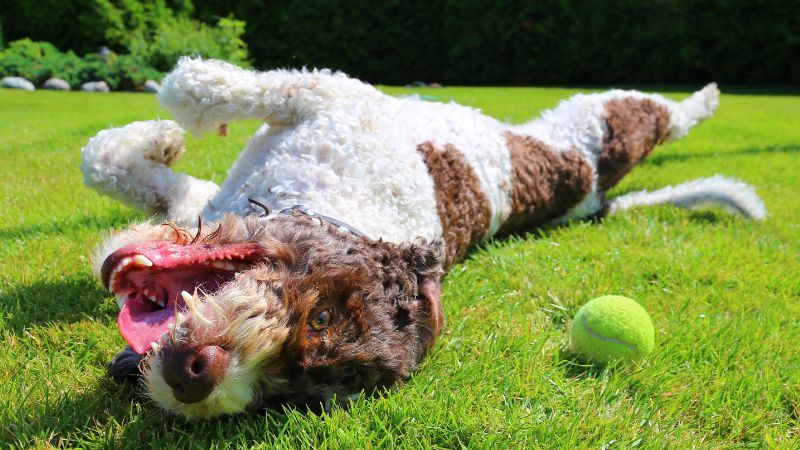
If your dog doesn’t seem to enjoy fetch, don’t worry – many other activities can provide both mental stimulation and physical exercise for your dog. Here are some alternative activities you can try:
Remember, the key is to observe your dog’s preferences and choose activities that suit their personality, age, and health conditions. Always supervise playtime and ensure safety measures are in place.
A game of fetch is basically: Fetch the Toy + Come Back to Me with the Toy + Drop It = treats and more play! Sometimes dogs need help putting these behaviors all together.
Thank you for your time. If you have any questions about dog fetch training, welcome to leave a comment below.


In the realm of pet ownership, one thing is certain: dogs love to play fetch! It’s an activity that brings boundless joy to our canine

If you’re a dog owner, you know the joy that comes from a game of fetch with your canine companion. And the dog ball launcher
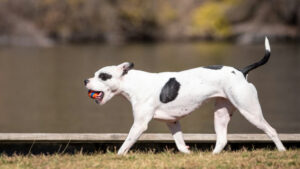
Are you a proud owner of a dog ball launcher? If so, you’re already familiar with the joy it brings to your furry friend’s life.

Every dog ball launcher enthusiast knows that the magic lies not just in the fun it brings but also in its make and build. Choosing

In the realm of pet ownership, one thing is certain: dogs love to play fetch! It’s an activity that brings boundless joy to our canine

If you’re a dog owner, you know the joy that comes from a game of fetch with your canine companion. And the dog ball launcher
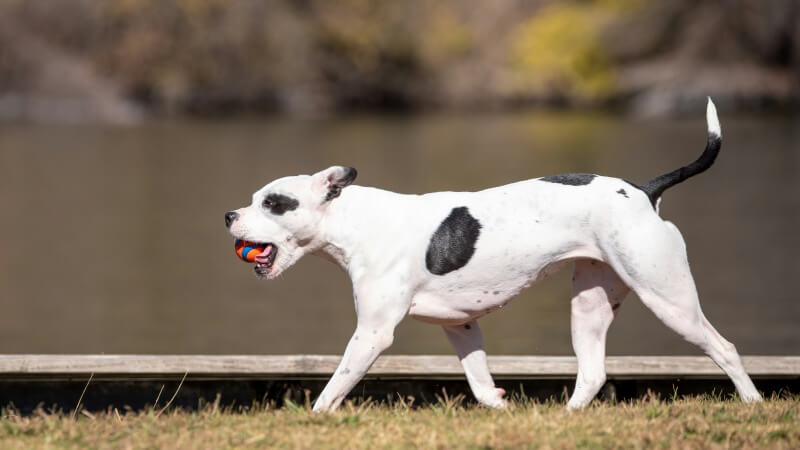
Are you a proud owner of a dog ball launcher? If so, you’re already familiar with the joy it brings to your furry friend’s life.
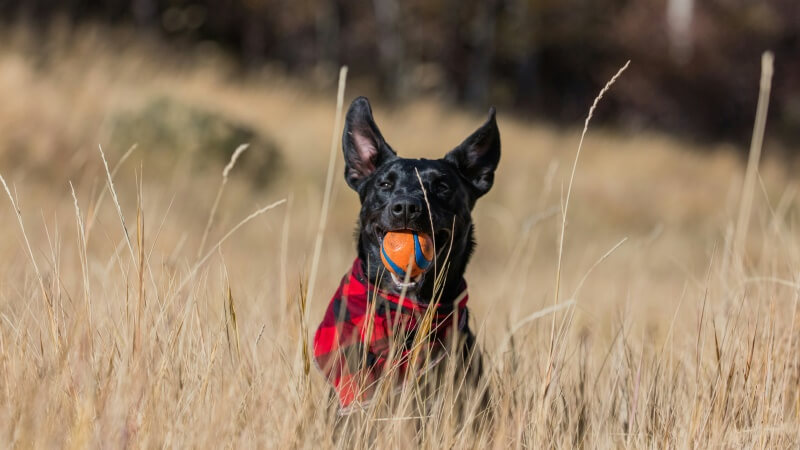
Every dog ball launcher enthusiast knows that the magic lies not just in the fun it brings but also in its make and build. Choosing
Copyright © 2024 dogballlauncher. All Rights Reserved.